Statistics To Die For

The number of people killed on U.S. highways fell in 2011 for the sixth straight year, the longest streak of declines in the nation’s history, Bloomberg reports.
Crash fatalities are down 1.7 percent to 32,310 from a year earlier, NHTSA data shows. How can you counteract this alarming trend? Pile young people in the car.
A new report by the AAA Foundation for Traffic Safety shows that the likelihood of a 16- or 17-year-old driver being killed in a crash increases with each additional young passenger in the vehicle.
- One passenger younger than 21 (and no older passengers): 44 percent riskier
- Two passengers younger than 21 (and no older passengers): 100 percent riskier.
- Three or more passengers younger than 21 (and no older passengers): 300 percent riskier.
Put one passenger aged 35 or older in the car, and a teen driver’s risk of death goes down by 62 percent.

Bertel Schmitt comes back to journalism after taking a 35 year break in advertising and marketing. He ran and owned advertising agencies in Duesseldorf, Germany, and New York City. Volkswagen A.G. was Bertel's most important corporate account. Schmitt's advertising and marketing career touched many corners of the industry with a special focus on automotive products and services. Since 2004, he lives in Japan and China with his wife <a href="http://www.tomokoandbertel.com"> Tomoko </a>. Bertel Schmitt is a founding board member of the <a href="http://www.offshoresuperseries.com"> Offshore Super Series </a>, an American offshore powerboat racing organization. He is co-owner of the racing team Typhoon.
More by Bertel Schmitt



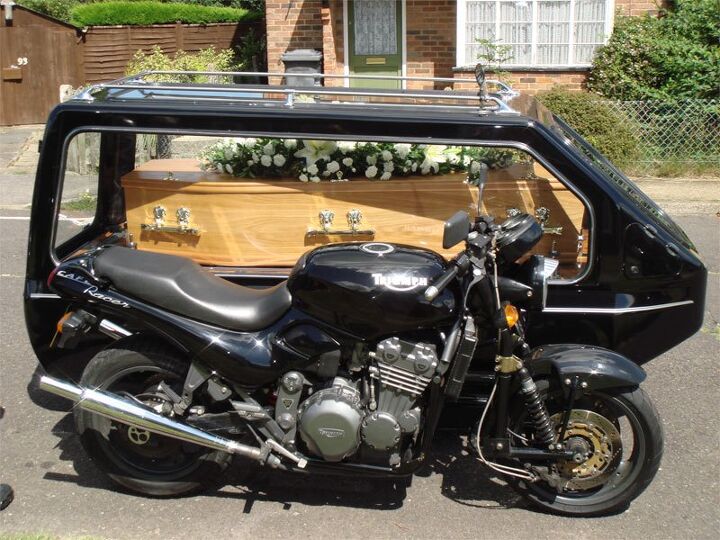















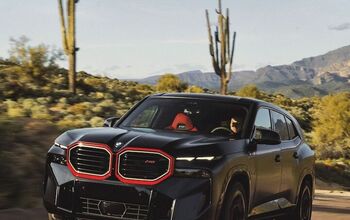
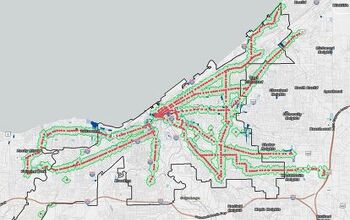

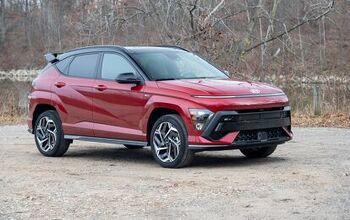
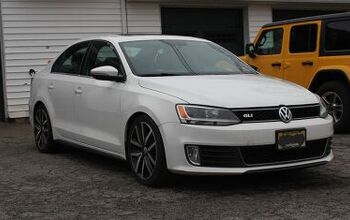
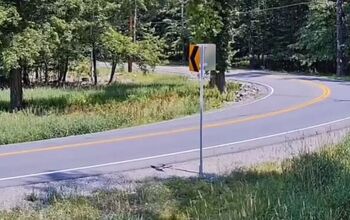


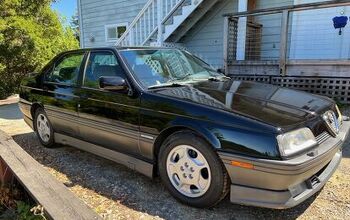


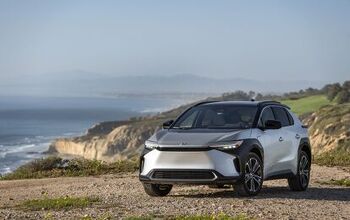
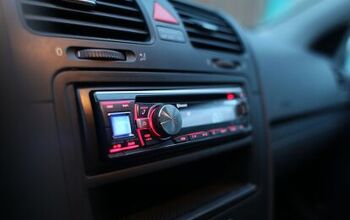
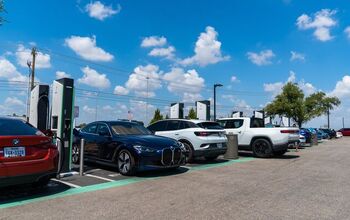
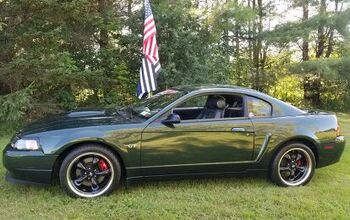
Comments
Join the conversation
There was a fabulous article in National Geographic a few months back. It was about the recent studies of the human TEANAGE brain and its development. It showed clearly that certain parts are simply NOT there until later into young adult years. Until that time, there is simply no way for a young human to understand risk taking and consequences for such. These parts are NOT there. It was a wonderful reality. And this being "stupid" or blind on placing one's self into harms way had a major benefit for the race itself. The inability to understand risks helped the human species to leave the nest at early years and run off into unexplored life and lands. Yes, most did not make it and perished, but the expansion was there for those that did. This "group stupid" has a benefit....but just not for those destroyed by it. Life is cruel. And Mother Nature real cares little about ht individual.
Regarding cars and motorcycles: I have always wondered if I am overly cautious when passing motorcycles. For instance if there is a motorcycle, and I need to pass, I will usually try and aim to get in front of the car in front of the motorcycle or, if there is no car, I will wait until I can see the bike in all three mirrors.
Combine youthful drivers with today's cars that are more powerful and I wonder if the effects are exponentially amplified. (Yes, I acknowledge that today's cars also have more safety features.) Are similar stats for previous decades available?
This is why Pennsylvania now has regulations on how many young people can legally travel in a car with a young driver. As the parent of three young drivers - and having poor judgment as a young driver myself - I think this is very wise legislation.